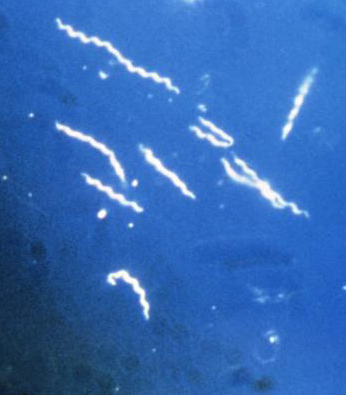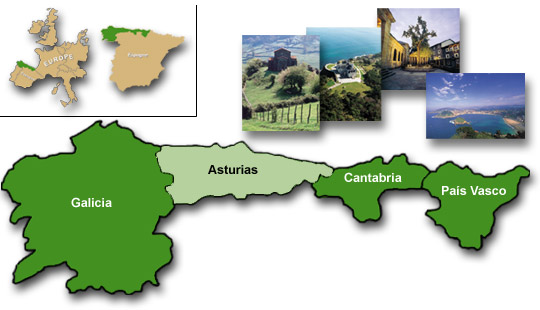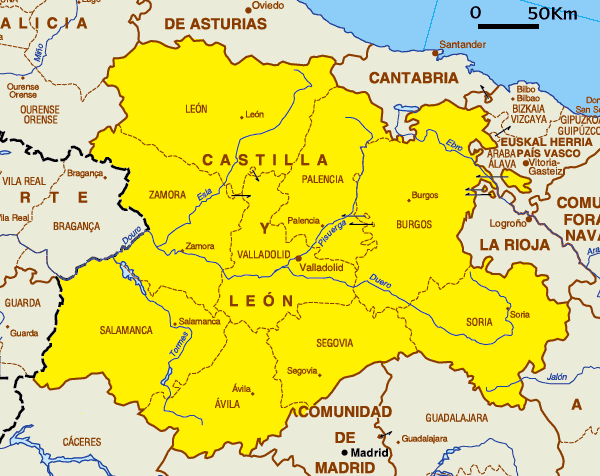CONTACT
We will reply as soon as possible.
Enevia Health, LLC
30 N Gould Ste N, Sheridan, WY 82801, USA
Font: https://www.anmm.org.mx/GMM/2014/n1/GMM_150_2014_1_084-095.pdf
In the bacterial world, there is Borrelia, a spirochetal bacteria with a helical shape present in ticks and lice, and is the cause of Lyme disease and relapsing fever.

Borrelia a spirochete bacteria with a helical shape. 52 species of Borrelia have been identified, all of them transmitted by blood-sucking arthropods, such as ticks or lice.
Borrelia Species Diversity:
Currently 52 species of Borrelia have been identified but Borrelia burgdorferi It is the best known species that causes Lyme disease, and it is not the only one to transmit this disease.
In Europe, including Spain, Borrelia afzelii and Borrelia garinii They are also common causes of Lyme disease. These species can have different manifestations.
Once it has infected a vertebrate, a recombination mechanism allows the bacteria to evade the immune system by altering the antigens on its membrane, resulting in the ineffectiveness of the host's adaptive immunity.
Joint pain and inflammation are common symptoms in Lyme disease, but not in most European cases. On the contrary, these present a erythema migrans isolated, while multiple skin lesions have been observed in American Lyme disease.
In Spain, the tick Ixodes ricinus is the main transmitter of Borrelia. This tick is also common in other parts of Europe. The distribution and prevalence of this type of tick (Ixodes ricinus) is influenced by environmental factors such as humidity and temperature.

Ticks go through several stages in their life cycle (larva, nymph, adult) and can become infected with Borrelia at any stage by feeding on an infected host. However, they are more likely to transmit the bacteria to humans in the nymph stage due to their small size and greater likelihood of going unnoticed when attached to the skin.
In Spain, as in many other parts of Europe, tick prevalence and the risk of Lyme disease are highest during the warmer months, especially in spring and early summer, when nymphs are most active.
Ixodes ricinus, the Borrelia-carrying tick, prefers wooded and densely vegetated areas. In Spain, this means that regions with these environments have a higher risk of Lyme disease.

These have a humid climate and many natural spaces with dense vegetation, which provides an ideal habitat for Ixodes ticks. These conditions favor a higher prevalence of Lyme disease.

They are also risk areas due to their forest ecosystems and the abundance of wildlife, which can act as reservoirs for the bacteria.

Areas with natural parks and rural areas, where there is greater interaction between humans and wildlife, may present a high risk. This includes:
The Borrelia species that are of greatest clinical interest are:
The method of diagnosing infections Borrelia The most used is culture on modified Kelly medium. To do this, the most common thing is to use blood samples in cases of recurrent fever, since the levels of bacteria in the blood are very high during febrile periods, or to perform a biopsy of the skin lesions in cases of Lyme disease.
It can also be detected B. recurrentis directly through blood smears taken during periods of fever.
However, the cultivation of Borrelia It is not always the most appropriate method. This is usually due to low levels of bacteria in the blood and other tissues during infection and the need for large volume samples and qualified personnel to perform biopsies.
PCR assays can be performed, especially in cases of Lyme disease, which require smaller volume samples of blood or synovial fluid. In general, PCR is used to confirm possible infections by Borrelia, identify the specific species and detect co-infections with other tick-borne pathogens.

Recurrent fever: Epidemic and endemic.
The most common symptoms, in addition to fever, are chills, fever, headache and fatigue.
These recurring fevers occur when the bacteria, transmitted by an infected arthropod, reaches the bloodstream of the infected person. After an incubation period of 4 to 18 days in which levels of 108 bacteria per milliliter of blood, the first symptoms of the disease appear.
Lyme's desease: Caused by B. burgdorferi, B. garinii and B. afzelii.
It mainly affects the skin, nervous system, heart and joints.

Its main sign is the appearance of a skin lesion, called erythema migrans, between seven and nine days after the tick bite occurs. The erythema usually disappears after a few weeks even without treatment, although it may reappear where the bite occurred or in distant sites.
If the disease is not treated or if inadequate treatment is administered, more serious symptoms such as arthritis, myocarditis or meningitis may appear, as a result of the spread of the bacteria to the joints, heart or nervous system, respectively.
If you want to know more about different health topics related to ASD and other pathologies, visit our blog articles at: https://eneviahealth.com/blog/
At Enevia we care about your health!
We will reply as soon as possible.
30 N Gould Ste N, Sheridan, WY 82801, USA
Our groups are the ideal platform to learn and share your scientific concerns about neurodevelopment issues
*Our purpose is informational only, it is not intended to be a substitute for medical advice, diagnosis or treatment.
We are working on our website. For any queries, you can contact our customer service team at atencionalcliente@eneviahealth.com